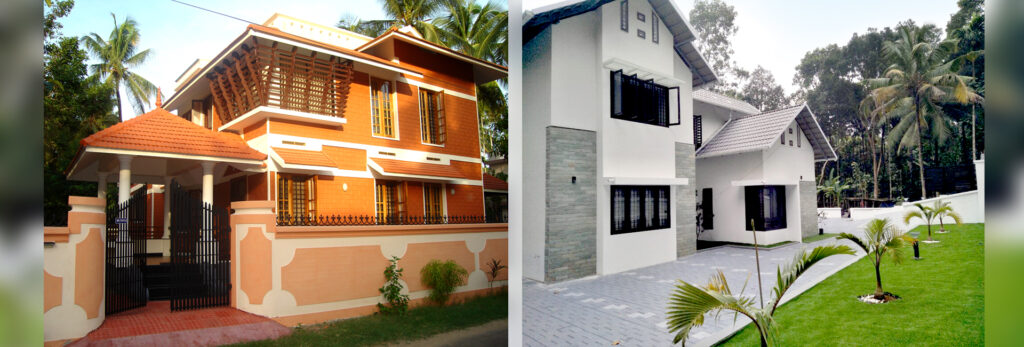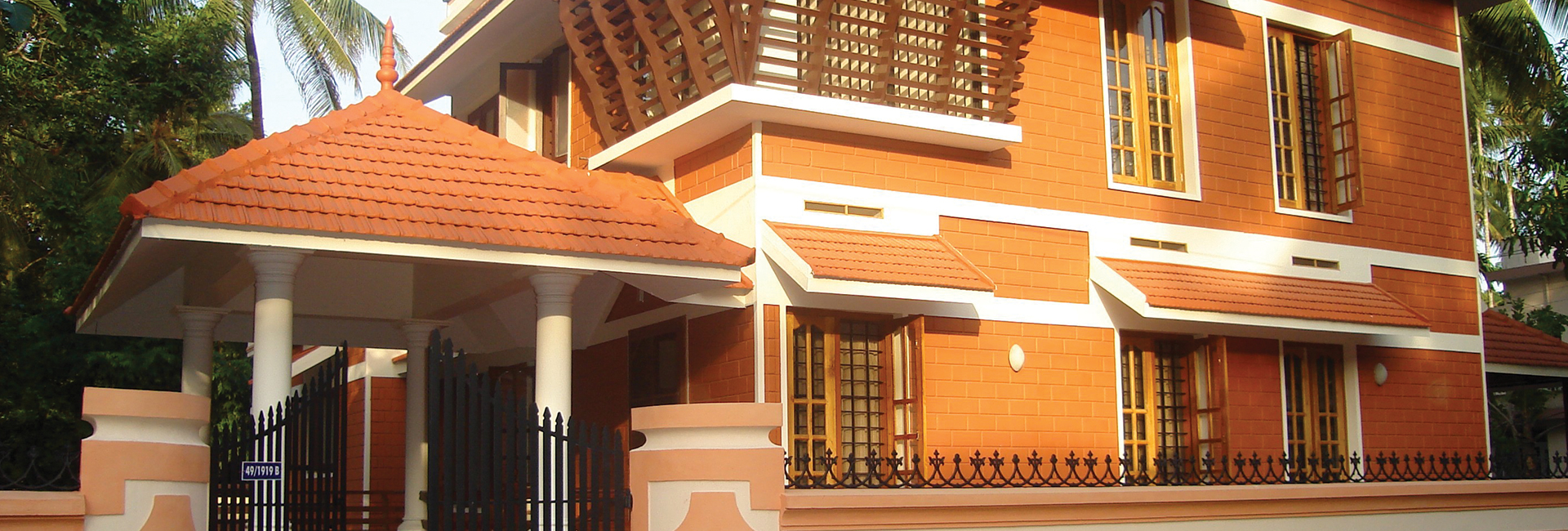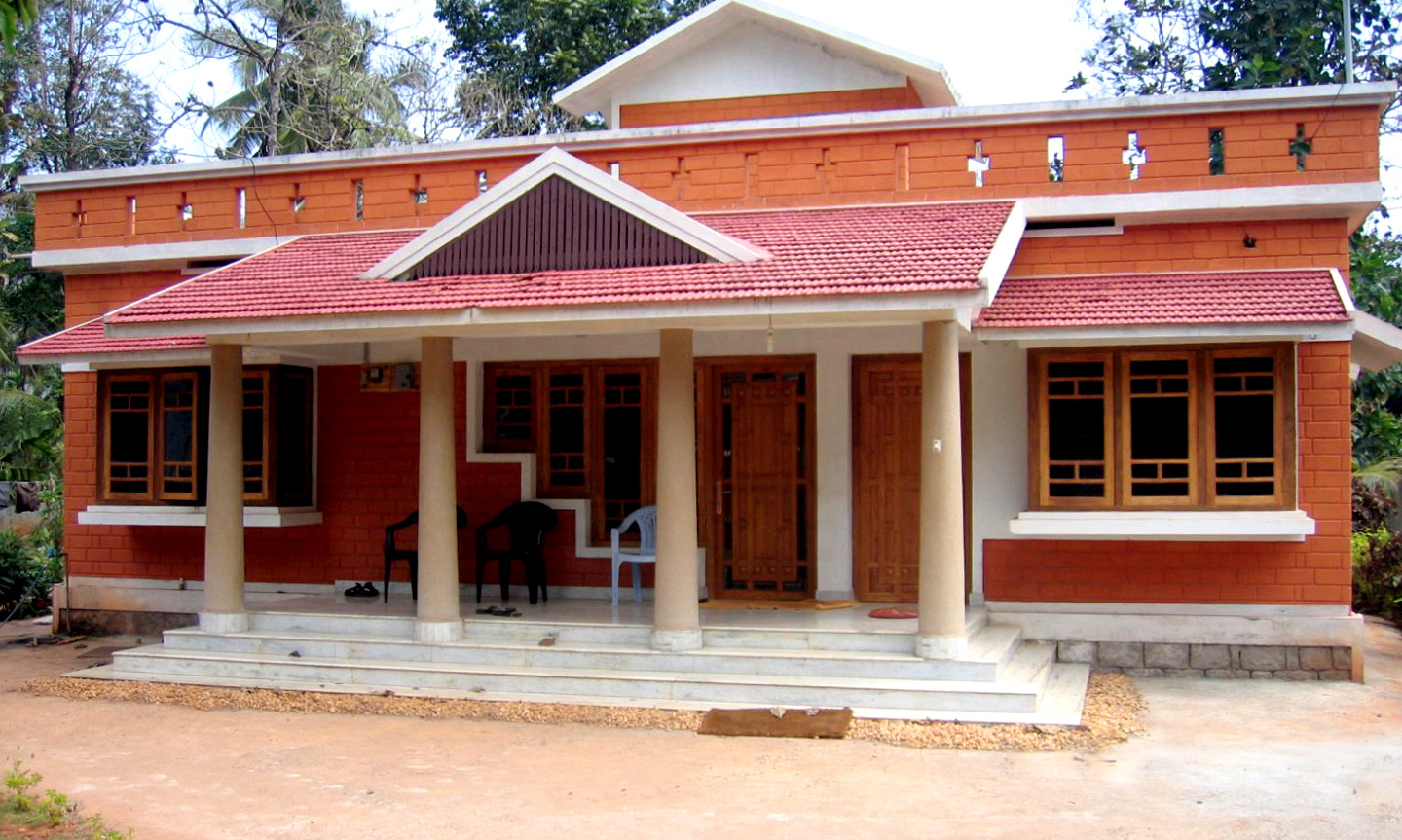
History of Interlocking Bricks
- toughie
- 23 Feb, 2023
Interested in the history of Interlocking bricks? Toughie Engineering, a leading interlocking brick supplier in Kerala leads you through an insight into this topic. Just read on…
The worldwide shortage faced in the housing sector has instigated a search for appropriate, easy, fast, and cost-effective new ways of wall construction. Among many technologies that evolved is the mortarless technology using dry-stack interlocking bricks/blocks. Also known as interlocking blocks, interlocking bricks have a long and interesting history that dates back to the early 20th century. The use of interlocking bricks as a building material has evolved over time, with advancements in technology and design apart from the changes in the materials used to make the bricks themselves. The mortarless interlocking brick construction is more appropriate to many local communities than conventional burnt-brick techniques due to its technological simplicity and local resource dependence.
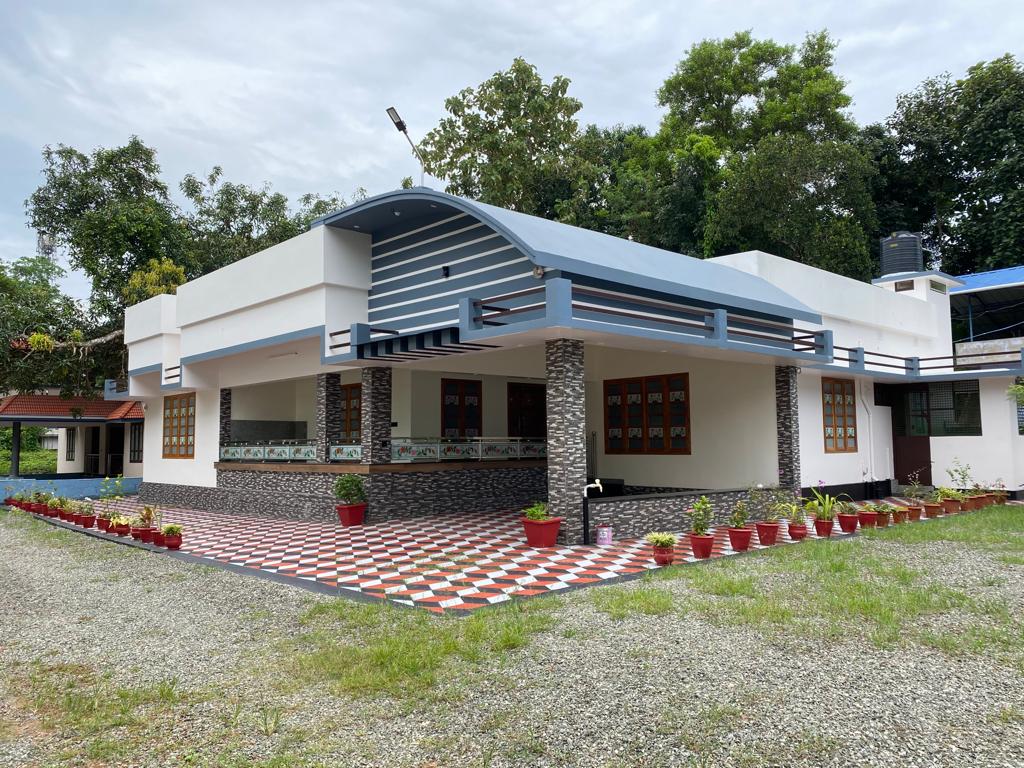
One of the earliest examples of interlocking bricks can be traced back to the early 1900s when a company patented a design for a block that featured grooves and channels on the top and bottom to allow for easy interlocking with other blocks. These blocks were made from a mixture of cement, sand, and small stones, and were used primarily for building retaining walls and other similar structures.
As more and more countries began to develop their infrastructure and housing needs, the use of interlocking bricks began to gain popularity in the 1950s and 60s. Interlocking bricks have the biggest advantage that they were easy to produce and did not require skilled labor to install. These bricks are more durable and less prone to damage from weather and other external factors.
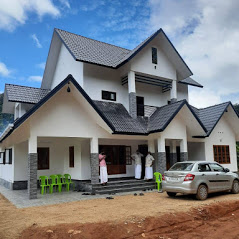
New types of interlocking bricks more efficient and cost-effective were developed in the 1970s and 80s with advancements in technology and design. Improved interlocking designs, as well as new materials like fly ash, were tried out in manufacturing, which made them even more durable and environmentally friendly.
As the world continues to face challenges in housing and infrastructure, interlocking bricks are likely to play an important role in the industry. Contact us at toughie.in to know more.
